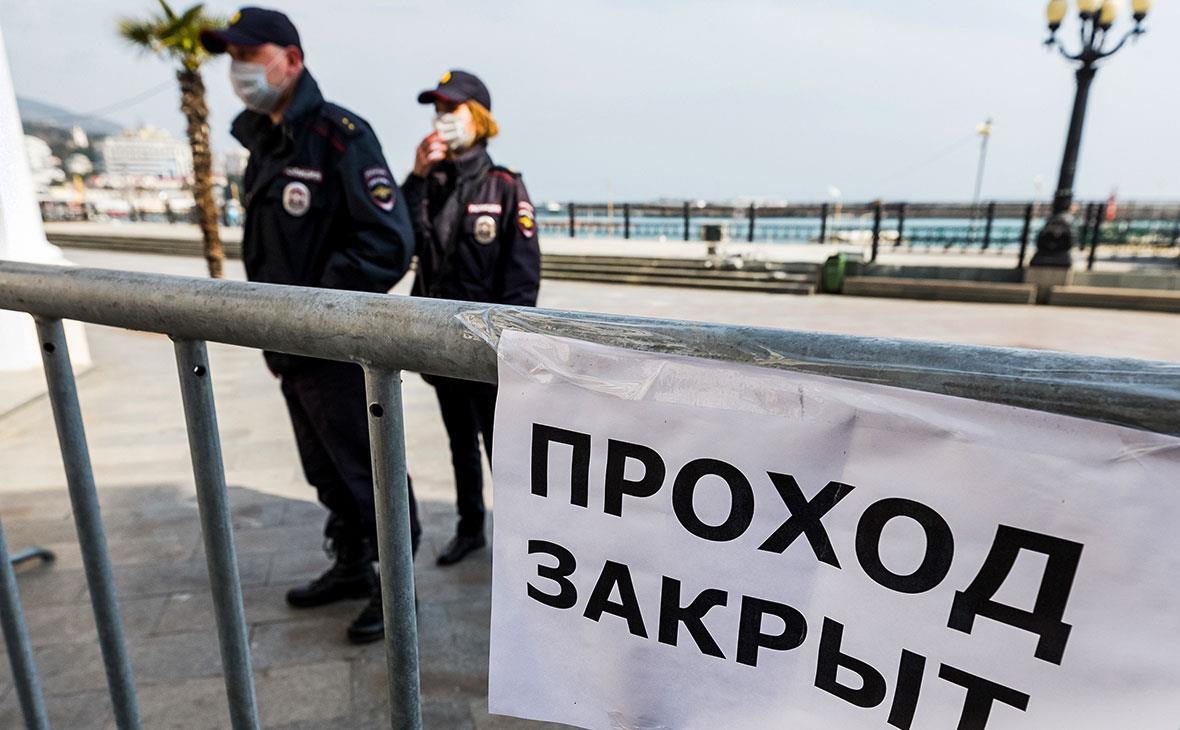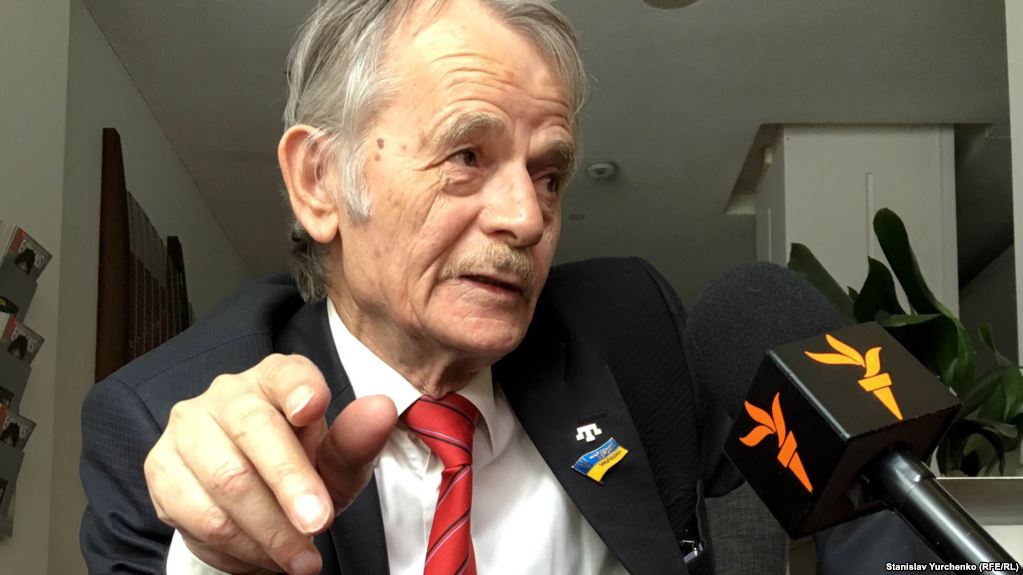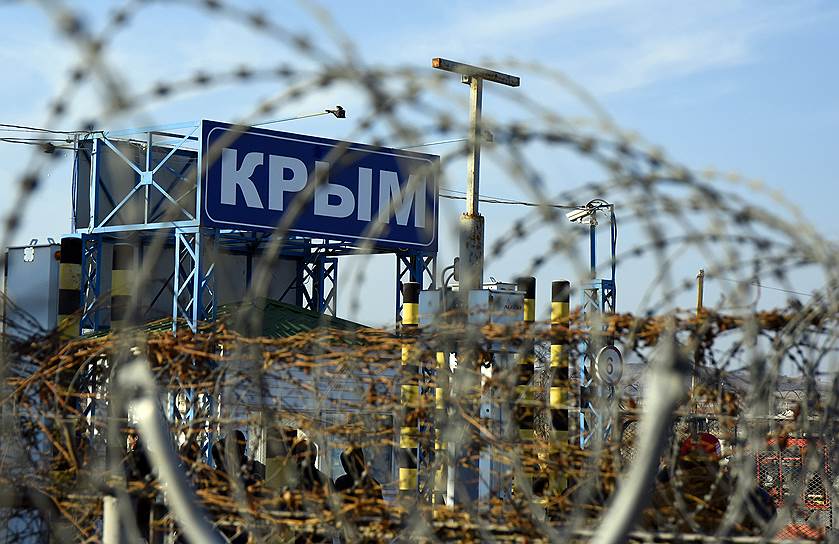Russia has been changing the demographics and the ethnic composition of the Crimean population since the very beginning of its occupation of this Ukrainian peninsula. In early spring 2014, local pro-Ukrainian activists started leaving the peninsula, feeling unsafe amid the Russian crackdown on everything Ukrainian and Crimean Tatar.
On the other hand, Russia started militarizing Crimea, pumping up the inflow of its military personnel. Also, the mild climate of the peninsula has been among the selling points for urging Russian citizens to relocate to occupied Crimea.
These processes seem to be gaining momentum. While in 2018 newcomers formed one-fifth of the Crimean population, now, according to expert calculations, every third inhabitant of Crimea had arrived in the region from Russia.
In absolute numbers, out of some 3 million people in the peninsula, more than a million are those Russian migrants.
- Read also: Russia’s replacement of population in occupied Crimea violates Geneva Convention – UN report (2019)
Statistical authorities usually publish information on the resident population, which is the part of the population that has officially registered its place of permanent residence in Sevastopol and Crimea (despite its location in the heart of the Crimean peninsula, Sevastopol has been a separate territorial entity, - Ed.) in the territorial bodies of migration of the Ministry of Internal Affairs, regardless of their actual whereabouts.
The present population, another important indicator for the purposes of this study, is the part of the population that is dwelling in a settlement regardless of their place of residence. Such citizens under the legislation of the Russian Federation have to register their place of stay if they arrive in a settlement for a period of more than 90 days.
There is no Russia's official information in the open sources about the present population, which has registered its long stay on the territory of the Crimean peninsula.
Meanwhile,
estimates expressed by local residents on social networks, journalists, real estate and housing experts, officials of the occupation administrations, show that the present population of Sevastopol is over 700,000 people (with a registered permanent population of 510,000).
On 28 April 2020, Russian media reported that the acting Russian governor of occupied Sevastopol, Mikhail Razvozhayev, told Russian President Putin at a meeting on combating the coronavirus:
"According to our statistics, it was necessary to deploy beds at the rate of 450,000 people, I immediately decided to deploy twice as many, as it is obvious from the consumption of water and bread that more than 700,000 people live in Sevastopol."
On 21 February 2020, Minister of Defense of the Russian Federation Sergei Shoigu, in his address to the extended session of the Ministry of Defense with the participation of the President of the Russian Federation, said this:
“The Armed Forces, as well as the whole country, have a high level of cancer. In 2021, in the interests of military personnel and employees of other law enforcement agencies, it is proposed to start construction of a unified oncological center on the basis of the Burdenko hospital and a multidisciplinary [medical] center in Sevastopol. We have about 150 thousand security officials and their family members in this city. Unfortunately, there is no decent medical institution. Dear Vladimir Vladimirovich, I ask you to support the joint initiative of the law enforcement agencies to create these facilities.”
The present population of Simferopol (the capital of Crimea, - Ed) is estimated by experts at approximately 600,000 people (with a registered permanent population of 362,000).
This riddle isn't that complicated if we mention the word "sanctions,"
The presence in the Russian passport of the stamp on permanent registration of residence in the occupied Crimea makes it impossible to obtain visas to the EU, USA, UKand other countries which don't recognize the occupation and attempted annexation of Crimea, and prevents access to other services such as banking in the civilized world.
Therefore, it comes as no surprise that tens of thousands of Russian citizens who actually live and work in the occupied Crimea are in no hurry to change their Moscow or Saratov permanent registration to Crimean.
First of all, in this case we are talking about thousands and thousands of employees of the occupation authorities on the territory of the Crimean peninsula and members of their families:
- about 30 territorial bodies subordinate to federal agencies (law enforcement, judicial, military and other bodies - the Ministry of Internal Affairs, the FSB, the Investigative Committee, customs, prosecutor's office, border guards, etc.);
- about 40 territorial subdivisions of the federal executive bodies of the Russian Federation (the tax service, the treasury, the pension fund, various types of supervision bodies, etc.);
- 35 executive bodies of Crimean subordination - 19 ministries, 8 state committees, 8 services and inspections. They have 445 subordinate enterprises and organizations, including factories, agricultural enterprises, sanatoriums, reserves, etc.

From the first days and during all the years of the occupation, Russia continued to methodically form its repressive and administrative apparatus in Crimea and Sevastopol with the help of personnel from Moscow and other regions: law enforcement agencies, controlling bodies, "supervisors" in the republican and municipal authorities of the occupied territory.
According to estimates based on the analysis of both public and insider information, the share of officials sent from Russia to the branches of federal agencies in Crimea, which are directly subordinated to Moscow, reaches 70%, in departments subordinated to Simferopol - 50%. These figures have been constantly growing.
Crimean actors in the collaborationist "Crimean government," civil and municipal officials have been gradually and systematically replaced by officials from various regions of Russia, often from the "depressed regions" of European Russia, including the north, as well as from remote cities in Siberia.
Since 2016, the replacement of local employees by outsiders has spread across such areas as education and health care, because of the relocation to Crimea of family members of Russian officials and the military, builders of the Crimean bridge and highway "Tavrida," engineers of military plants.
In 2019, another stage of personnel replacement began: for example, the new appointee to the post of head of the occupation administration of the "resort capital" of the peninsula - the city of Yalta - was the former head of the Belorechensky district of the Krasnodar Krai of the Russian Federation.
Armed with knowledge of the general logic of the process, we can assume that this was the beginning of the "replacement" of the leadership of the Crimean cities and districts by Russian personnel.
However, let's go back to the migration balance. Tallying the statistics, calculations and estimates outlined above, we can conclude:
During the years of occupation of the Autonomous Republic of Crimea and the city of Sevastopol, the present population of the peninsula increased by at least 1 million due to migration from the Russian Federation.
This assessment is based on the elements listed in the following table:
| Factor | Number of people |
|---|---|
| Those moved to the city of Sevastopol for permanent residence (official statistics on 01.01.2021) | 180,505 |
| Those moved to the occupied Autonomous Republic of Crimea for permanent residence (official statistics on 01.01.2021) | 201,420 |
| Expert assessment of the excess of the actual number of permanent population over the official data for the city of Sevastopol (minimum) | 300,000 |
| Expert assessment of the excess of the actual number of permanent population over the official data for the city of Simferopol (minimum) | 300,000 |
| Expert assessment of the excess of the actual number of permanent population over the official data for the cities of Yalta, Alushta, Evpatoria, Feodosia (minimum) | 50,000 |
| Total | 1,031,925 |
Thus, the calculation of the present (de facto) population of the occupied Crimean peninsula as of 1 January 2021 is as follows:
| Factor | Number of people |
|---|---|
| Official figure of the population of Crimea without Sevastopol (official statistics on 01.01.2021) | 1,901,578 |
| Official figure of the permanent population of Sevastopol (official statistics on 01.01.2021) | 509,992 |
| Minimal expert assessment of the excess of the actual number of permanent population over the official data for the cities of Sevastopol, Simferopol, Yalta, Alushta, Evpatoria, Feodosia as of 01.01.2021 | 650,000 |
| In total, the de facto permanent population on the occupied Crimean peninsula (minimum estimate as of 01.01.2021) | 3,061,570 |
Thus, instead of the pre-war permanent population of the Crimean peninsula of 2,350,504 people, we are dealing with a de facto present population of at least 3,100,000 people.
Of course, the regime of international sanctions and the lack of supply of the water from the Dnipro River to the peninsula via the Northern Crimean Canal play a very significant deterrent role: without these, the number of Russian colonizers on the occupied peninsula would be much greater.

Andriy Klymenko, Editor-in-Chief of BlackSeaNews, Head of the Monitoring Group on Black Sea Militarization, Freedom of Navigation, Crimean Economy and International Sanctions
Tetiana Huchakova, Chairman of the Board of the Institute for Black Sea Strategic Studies, Editor of BlackSeaNews, Expert of the Monitoring Group on the Militarization of the Black Sea, Freedom of Navigation, Crimean Economy and International Sanctions
Further reading:
- Russians moving into occupied Crimea now form one-fifth of its population (2018)
- Crimean Platform sets the scene for deoccupation, all UN members should join – Ukrainian expert at UNSC
- Ukraine recognizes three Crimean peoples as indigenous, infuriating Russia
- Russia’s deportation of Ukrainians and Crimean Tatars from occupied Crimea a “neo-imperial policy tool” – report
- Russia’s transformation of ethnic mix in occupied Crimea an act of genocide
- Indigenous leader accuses Russia of ethnocide at UN Forum
- Crimea. Dehydration: A film exposing Russia’s colonial policy and the desiccation of the occupied peninsula
- UNGA vote on militarization of Crimea highlights Moscow’s international isolation on Ukraine, Portnikov says
- Russia’s replacement of population in occupied Crimea violates Geneva Convention – UN report (2019)
- Due to political repression, nearly hundred Crimean kids grow up without fathers (2017)
- Forced migration in Crimea as part of Russia’s ‘hybrid’ strategy
- Russian-occupied Crimea running out of water despite snowy weather – with Moscow still searching for way out
- Russia’s replacement of population in occupied Crimea violates Geneva Convention – UN report (2019)
- The myth of “historically Russian Crimea”: colonialism, deconstructed
- Crimean history. What you always wanted to know, but were afraid to ask
- “They can destroy buildings, but not the spirit,” – Crimean Archbishop on Russia’s religious persecution
- Russia prepared to occupy Crimea back in 2010 and other things we learned from Yanukovych’s treason trial





